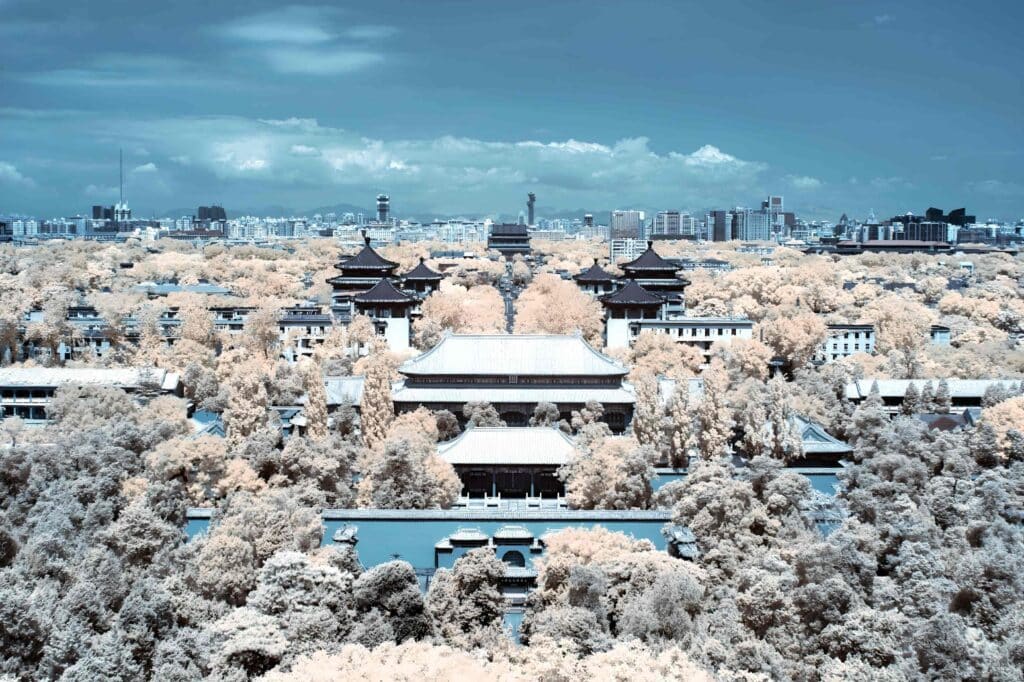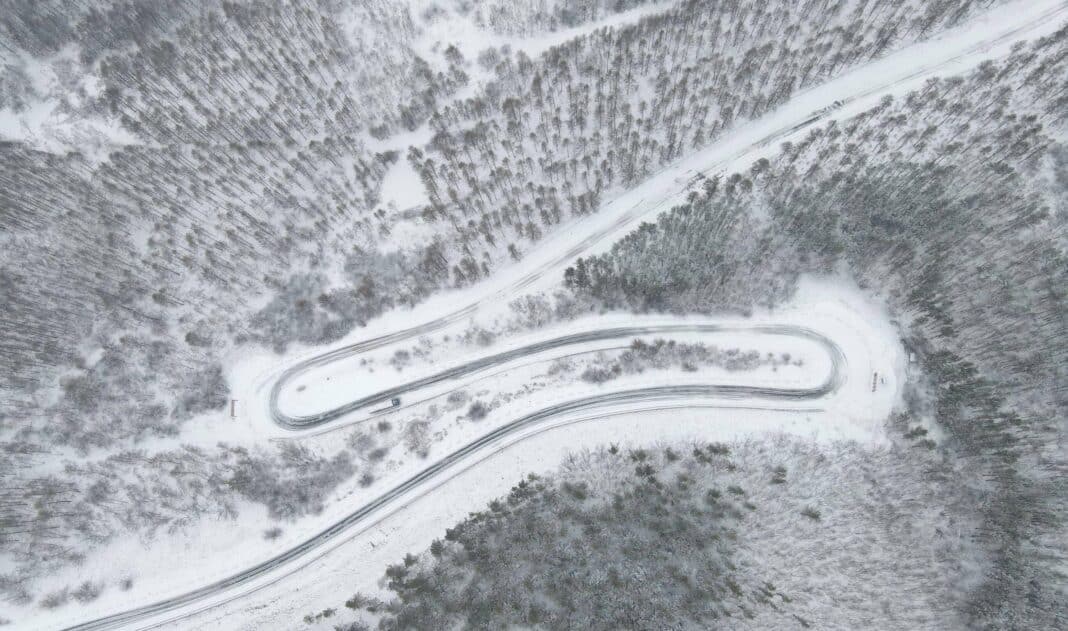The world’s largest man-made forest—covering more than 200 square kilometres— is responsible for an 80% drop in sand storms, which once ran rampant in Beijing, Tianjin, and other northern cities across China.
The forest is located in the Saihanba National Forest Park in the northern Chinese province of Hebi. For 60 years, three generations of Chinese foresters have worked to reverse 400 years of deforestation.
Starting in the early 1960s, the Mao-controlled Chinese State Forestry Administration established the Saihanba Mechanical Forest Farm, a process that saw 369 forests, mostly in their 20s, armed with the simplest tools, battle the cold and drought to turn a desert (with just 11% forest cover) back into a heavily forested buffer zone (now with over 80% forest cover).
According to the Chinese government-owned China Global Television Network (the CGTN), the forest is now home to nearly half a billion trees—a total forest stock covering more than 10 million cubic metres, enough to fill 4,500 Olympic-sized swimming pools. In addition, the man-made forest absorbs 745,000 tonnes of carbon dioxide every year, releasing 545,000 tonnes of oxygen and trapping 22.4 million tonnes of dust.
“The altitude here is 1,400, over 1,300 metres higher than Beijing. If the forest didn’t exist, Beijing would be severely affected by sandstorms, just like pouring sand into the backyard from a rooftop,” according to Wang Jianfeng, the branch deputy director at Saihanba’s mechanised forest farm.
Beijing’s Great Green Wall
In January, Wood Central revealed that Beijing has been crowned China’s latest “National Forestry City”, with the city now one of the world’s “greenest” capitals after lifting forest cover from 38.6% to (at least) 44.9% over the past decade.

Today, China is the world’s most “reforested country,” and aided by international expertise and private funding; it invests billions in doubling and tripling its forest cover through tree planting, critical environmental policies, and increasingly economic policies centred around carbon capture, storage, and renewable energies.
To this end, China is now the most powerful driver behind the push to reforest the earth and is the primary driver of positive afforestation and reforestation in Central and East Asia.
- To learn more about China’s reforestation policies, including it’s Great Green Wall, click here for Wood Central’s special feature.






